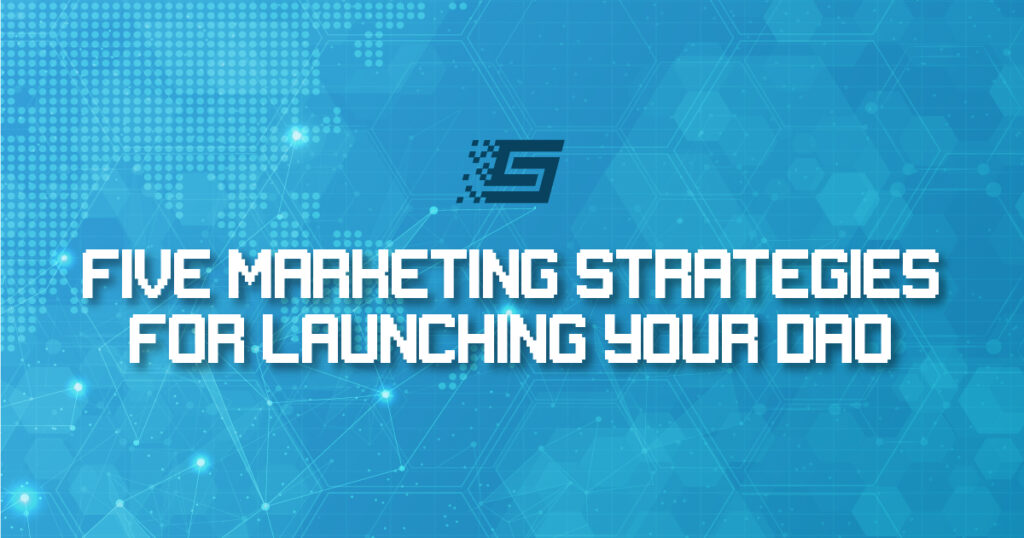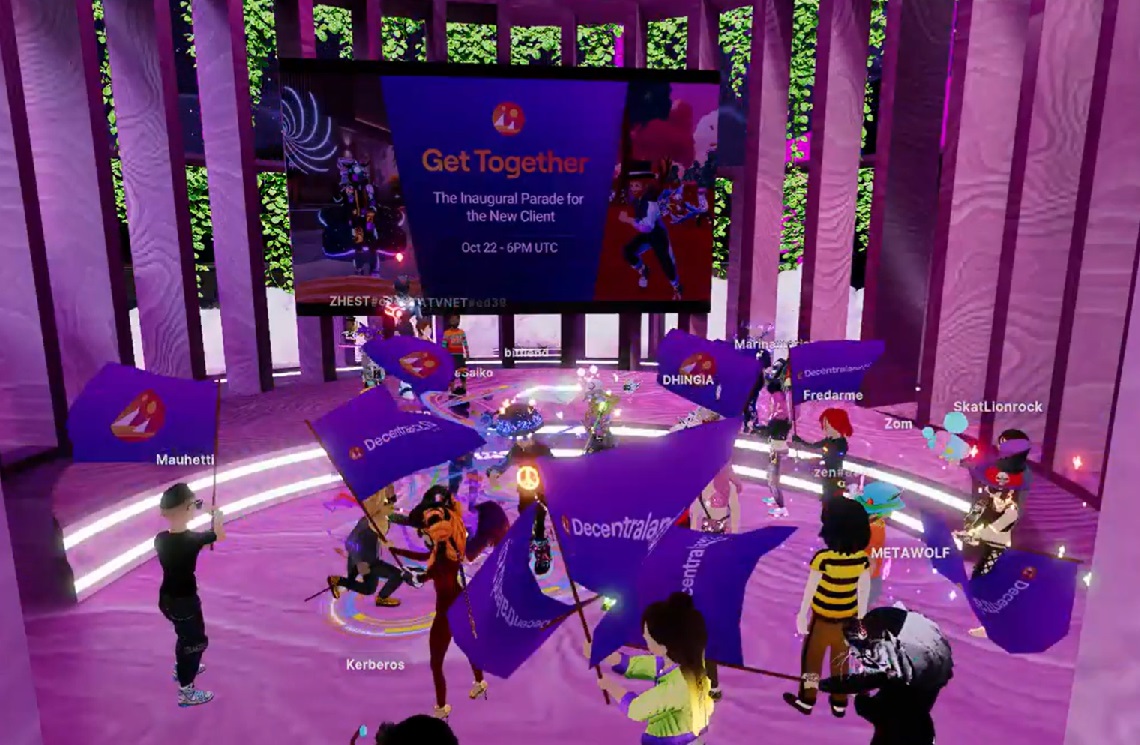
Five Marketing Strategies For Launching Your DAO
Decentralized autonomous organizations (DAOs) are people united by a purpose and governed by a set of predefined rules that are enforced on a blockchain via smart contracts. Unlike most traditional communities, DAOs are set up to transform interest-based communities whose members share a vision for the future into successful organizations.
In a DAO, token holders have equal ownership of the organization. Because everyone can see what DAOs are doing and the amount of money they are raising, they offer greater transparency than traditional organizations and significantly reduce the possibility of fraud and censorship.
DAOs have been around since 2016, but they are increasing in popularity as more people are embracing web3 technology. DAOs are everywhere, and they are doing crazy stuff, such as attempting to buy the US Constitution or an NBA team. According to a recent report by DeepDAO, there are already more than 187 DAOs that manage over $11 billion in assets.
How to build a DAO
DAOs are community-owned businesses, so in order to create your own DAO, you must first have a community of like-minded individuals sharing a common interest. If you have already built a thriving community and would like to create a DAO for it, you have two options:
The first method is to create smart contracts and deploy them on programmable blockchains like Ethereum, Cardano, or Solana. A blockchain developer or a person in your community who knows about blockchain development will be required to do this.
The second method is an easier way. You can use DApps such as DAOstack and Aragon which allow you to develop and launch a DAO without the hassle of getting bogged down in the technicalities of the blockchain. These DApps can assist you in getting your DAO up and running with services such as governance infrastructure, members management, and treasury tools.
More tools for building a DAO
Management tools
Gnosis Safe – A multi-signature wallet that is widely used to handle community treasury.
Parcel – Treasury management for tracking and sending funds effortlessly.
CollabLand – Bots offering token-gated access and tips in community channels.
Sybil – Tools for delegating on-chain governance and keeping track of it.
Tally – A governance platform for tracking on-chain voting history across various protocols.
RabbitHole – A platform for rewarding tokens when on-chain work has been completed.
Communication tools
Boardroom – A governance portal for DAO token holders to enable critical decision-making.
Coordinape – A coordination game for determining which contributors deserve token rewards.
SourceCred – A tool for tracking community participation and rewarding active members.
Snapshot – An off-chain voting platform for token-based management.
Marketing strategies for launching a DAO
Launching a DAO is not rocket science, but if you want to invite people and get some attention, you will need to execute specific tasks correctly, and that includes the marketing side of your DAO.
1. Clearly define your mission
Defining your mission is the first and possibly most crucial step to creating a DAO. You are giving DAO members a clear north star to aim for by doing this. The mission of a DAO could be pretty much anything. For example, Uniswap is a decentralized exchange platform whose mission is to provide an open protocol for transferring value. Another example is Friends with Benefits, a worldwide group of creators who want to build a perfect social club.
2. Build a community
Perhaps the most challenging step in creating a DAO is building a community. Some things to consider before you begin your community outreach are whether your DAO will be large or small, exclusive or open. There are tools like Discord and Telegram that can be used to get like-minded people together in the same space, start a conversation and build a DAO around it. Once a DAO has been created, it must promote cooperation among its members. Healthy debate is key to information exchange, which unlocks treasury management, efficient voting habits, and broader collaboration.
3. Provide ownership and rewards to community members
You will need to determine how participants in your DAO are rewarded for their contributions. Tokens have a secondary market value which increases as a DAO becomes more popular. A DAO will attract the interest of more participants who want to profit from the DAO’s creative efforts, the right to vote on the treasury, and other benefits as it grows in popularity. The more members that can be paid for their contribution, the higher the value of a DAO will be.
4. Encourage voting participation
The value of a DAO is also driven by active involvement in voting. This allows these organizations to adapt and develop continuously. But the fact that members have voting rights doesn’t guarantee votes. By looking at the percentage of people voting on each proposal, you can gain an understanding of how involved your members are in the decision-making process. This metric is more meaningful in smaller-sized DAOs.
5. Host airdrops and giveaways
Airdrops and giveaways can be excellent strategies to generate interest in a DAO. They can help to increase community awareness and participation and also to grow your social media presence. Furthermore, airdrops allow you to create a free distribution of your DAO’s token and can contribute to the initial value of the organization by allowing users to exchange their tokens.
DAOs provide a novel mechanism for individuals to collaborate over the internet and have joint ownership of organizations. As interest in web3 is growing, DAOs have begun to push the limits of what is possible. Today, there are DAOs for networking, investment, creating new products, and much more.


